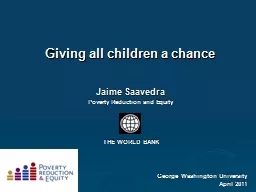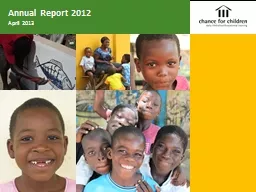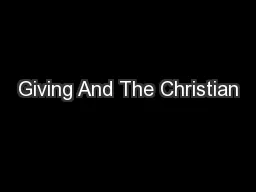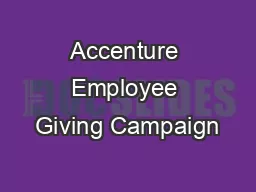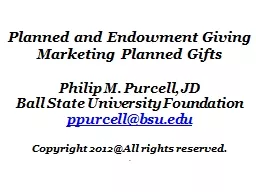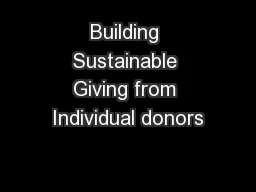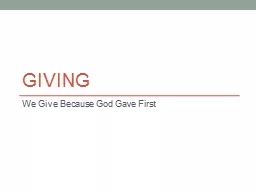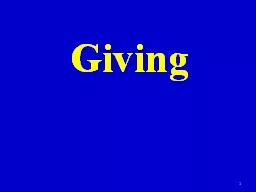PPT-Giving all children a chance
Author : ellena-manuel | Published Date : 2018-10-22
George Washington University April 2011 Jaime Saavedra Poverty Reduction and Equity THE WORLD BANK Poverty has fallen in almost all countries Change in the
Presentation Embed Code
Download Presentation
Download Presentation The PPT/PDF document "Giving all children a chance" is the property of its rightful owner. Permission is granted to download and print the materials on this website for personal, non-commercial use only, and to display it on your personal computer provided you do not modify the materials and that you retain all copyright notices contained in the materials. By downloading content from our website, you accept the terms of this agreement.
Giving all children a chance: Transcript
Download Rules Of Document
"Giving all children a chance"The content belongs to its owner. You may download and print it for personal use, without modification, and keep all copyright notices. By downloading, you agree to these terms.
Related Documents

